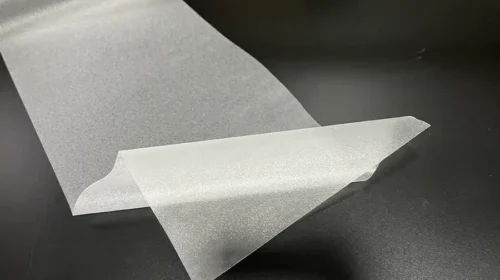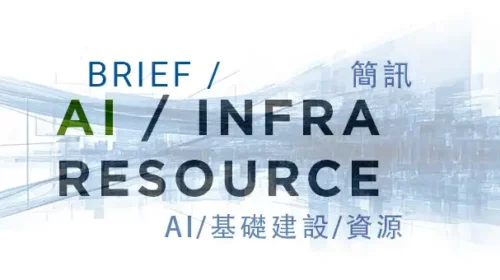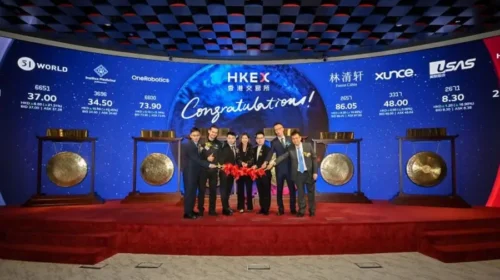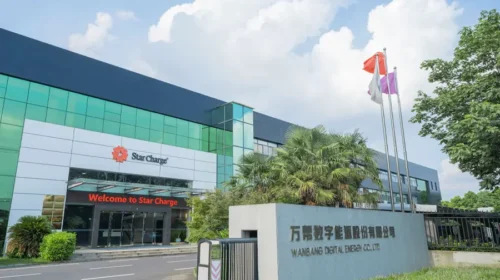Stella International steps sideways on flattening revenue, U.S. tariff threats
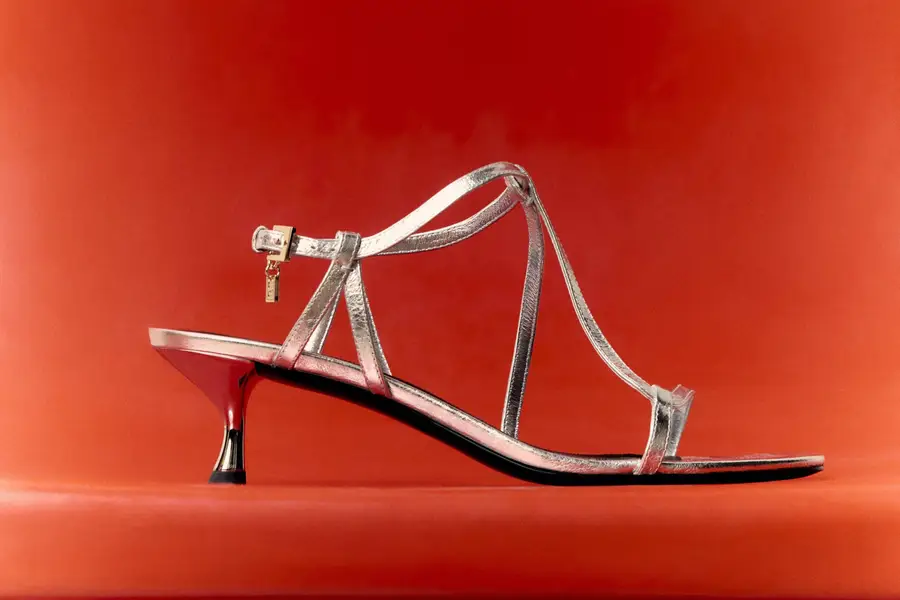
The contract footwear maker’s shares rallied after it announced lukewarm second-quarter sales, possibly on bullish forward-looking comments from its largest customer, Nike
Key Takeaways:
- Shares of contract footwear maker Stella International rose nearly 10% in the four trading days after it issued a lackluster second-quarter business update
- The company’s average selling price has been tracking downwards as it shuts down its retail operation and shifts away from casual brands to focus on athletic footwear
By Edith Terry
Stella International Holdings Ltd.’s (1836.HK) latest business update last week was hardly anything to cheer about, revealing flattening revenue and falling prices for its core footwear products. But investors still seemed to welcome the preview, sending the company’s shares up 9.3% in the four trading days after the announcement.
Stella said its revenue rose by a meager 2.9% year-over-year in the second quarter to $444 million, while its average selling price (ASP) for the period fell by 1.7% and its shipment volume rose by 4.1% to 15.4 million pairs of shoes.
Stella will give more details in its formal mid-year report, most likely next month. It blamed the sluggish volume growth in part on the ahead-of-schedule shipment of 1 million pairs of shoes in the first half of 2024, artificially inflating the year-ago figure. It blamed the falling ASP on a higher proportion of athletic shoes in its business mix, which carry lower prices than its luxury and fashion shoes.
An important catalyst for the stock’s recent uptick could be Stella’s ongoing shift in its core business to focus on athletic shoes. For most of its more than three decades of history, Stella traditionally focused on luxury, fashion and casual brands. Athletic shoes are relatively new to its product mix, and investors seem to like what they see, even as U.S. tariffs threaten all of the countries where the company manufactures.
One such buyer, global giant Nike (NKE.US), accounted for 38% of Stella’s revenue last year. Stella’s wagon appears increasingly hitched to Nike’s, whose shares have risen 27% over the last month despite reporting weak results that included a 12% decline in its sales and 86% plunge in profit for its most recent quarter through May. But Nike declared that it was experiencing a turnaround, and that its sales for the three months through August would be above analysts’ consensus.
Nike’s ASPs have also come under pressure lately, and the entire footwear industry is under enormous additional pressure from U.S. tariffs that apply to nearly all the countries where their products are manufactured, mostly in Asia. But Stella may be better positioned than many of its peers. It was not only one of the first to start move production out of China as early as the late 1990s, but also has a strong cash position, and history of returning dividends to shareholders.
For Stella, the lower ASPs are less a reflection of pricing pressure on its specific products, and more due to its athletic footwear shift as growth slows for its traditional fashion and luxury products and even starts to contract for casual footwear.
To further insulate itself from U.S.-China trade tensions, Stella is spending $100 million on a dedicated factory in Indonesia for Nike, scheduled to open in 2026, with annual capacity to produce 10 million pairs of shoes. The company is also ahead of schedule on a three-year plan to achieve a 10% operating margin and low-teens after-tax profit growth between 2023 and 2025.
Expanding capacity
Rather than cutting back in the face of stagnating sales and pricing pressure, Stella is expanding its capacity. The new Indonesian factory, along with another one in Bangladesh, will add combined new capacity of 15 million pairs of shoes annually, up by a quarter from its previous capacity of 60 million pairs that it maintained for years. Its existing factories in China and Vietnam are running at full capacity.
Last year Stella’s operating margin rose to 11.9% from 10.7% in 2023, while its return on invested capital (ROIC) rose to 21.6%, more than double the 2019 level, as the effects of a recently installed, family-based new management team took over from the company’s original co-founders. As the new team’s efforts bore fruit, Stella’s net profit rose 21% last year to $170 million, while its revenue grew 3.5% to $1.5 billion.
Stella has also consistently paid dividends over the years, often equating to yields of 10% or higher, even as it was able to boost its net cash by 45.3% to $417.6 million by the end of last year. The new management has also ended a nearly 20-year experiment with the company’s own retail footwear brand. It has begun experimenting with handbags instead, and said in its 2024 annual report it was looking to acquire a small handbag and accessories manufacturer in Vietnam, which could become a “key growth pillar.”
Stella is no newcomer to diversifying its production outside China – a recent trend for many companies following the pandemic and U.S. tariffs targeting Chinese-made products. Founded in 1982 in Taiwan, Stella began manufacturing in Mainland China in the 1990s, initially making shoes for low-end brands and later for high-end brands in the early 2000s. It listed in Hong Kong in 2007 and later launched its own Stella Luna and What For brands.
Its business peaked in the mid-2010s, but then over-expansion led to five years of revenue and profit declines, before the arrival of a new management team to replace the founders. Revenue has yet to return to its 2015 high of $1.7 billion.
Stella began to move some of its manufacturing to Vietnam from Mainland China in 1998 through a joint venture, and added facilities in Indonesia, Bangladesh and the Philippines between 2012 and 2014. DBS estimates that 75% of the company’s production will be outside China by the end of this year.
While diversification looks like the right move, major risk factors remain in Stella’s heavy reliance on Nike, as well as unpredictability under a second Trump administration. Current elevated U.S. tariff rates apply to all of Stella’s production bases, though Indonesia is relatively low compared to the others after the country reached a trade deal with the U.S. this month.
In a July note prior to Stella’s latest business update, DBS upgraded the company to a “buy” rating after Stella clarified that it expects to recognize $6 million to $7 million in impact from U.S. tariffs in the second half of 2025. DBS also raised its outlook for Stella’s 2026 profit by 10%. And while other banks have warned investors away from tariff-exposed companies in general, such cautionary words don’t include Stella.
Goldman Sachs, for instance, recently revised up its forecasts for sales and profits of contract manufacturing companies by an average 3% and 8%, while reaffirming its “buy” rating on Stella. The company’s stock currently trades at a price-to-earnings (P/E) ratio of about 10, ahead of the 6.7 for rival Yue Yuen (0551.HK), which has a similar company profile.
To subscribe to Bamboo Works free weekly newsletter, click here

